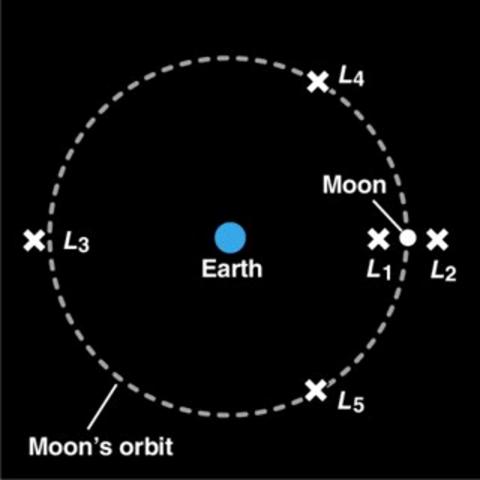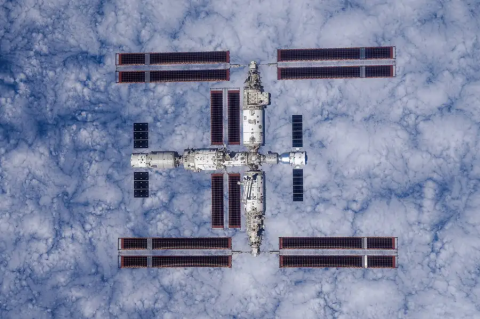Transcript of Ranking Member Krishnamoorthi’s Statement from Member Roundtable: The Space Race Returns
WASHINGTON, D.C. – Today, the House Select Committee on the Strategic Competition Between the United States and the Chinese Communist Party (CCP) held a member roundtable titled "The Space Race Returns." In the roundtable, lawmakers heard from space experts who discussed the CCP's ambitions in space and how the United States can sustain its upper hand alongside its allies and partners.
The experts who participated in the roundtable included:
- The Honorable Jim Bridenstine, 13th Administrator of NASA
- John W. "Jay" Raymond, General (Ret.) United States Space Force
- Tory Bruno, CEO of United Launch Alliance
Below is a transcript of the statement from Ranking Member Raja Krishnamoorthi (D-IL). Footage of the roundtable can be found here.
Thank you, Mr. Chairman, for holding this important roundtable on the U.S.-PRC space competition. The United States has always been a space pioneer in research, engineering, and exploration – we landed the first man on the moon in 1969 and the first robot rover on Mars in 2021. NASA’s Hubble telescope has led to critical advancements in astrophysics. We have astronauts currently in space conducting breakthrough research on cancer and Alzheimer’s Disease.
But the CCP also understands the importance of space and recognizes that this is the ultimate “high ground” and wants to control it, similar to how they want to control territory in the South China Sea. This includes “LaGrange Points,” which are special gravitationally stable spaces between two objects, like the Earth and the Moon.

Source: Ross, Shane. (2006). The Interplanetary Transport Network, American Scientist
ODNI’s 2024 threat assessment states that by 2030, “China will achieve world-class status in all but a few space technology areas.” In the past years, the PRC has continued to develop its civilian and military assets in space – they’ve developed kinetic-kill missiles, landed the first rover to explore the “dark side of the moon,” launched a permanently crewed space station called Tiangong in 2021, and they’ve placed more than 900 satellites into orbit, half of which have the ability to detect and track U.S. aircraft and aircraft carriers.

Source: Shenzhou spacecraft, China Manned Space Engineering Office
The space race is real, and it is happening right now, only 62 miles above our heads. The U.S. has been a leader in this race since the 1950s, and we cannot stop now. This isn’t just about the military competition, it’s about who is leading scientific research and exploration, and who is setting the international norms of behavior to keep space a safe and open environment.
I look forward to hearing more from our panelists on what we need to do to ensure U.S. dominance in space.e
Thank you.